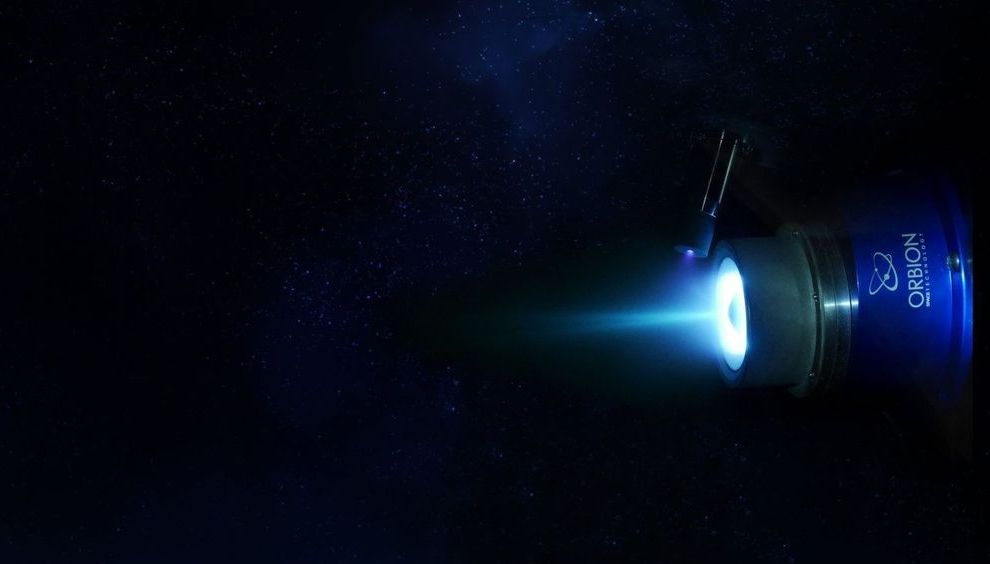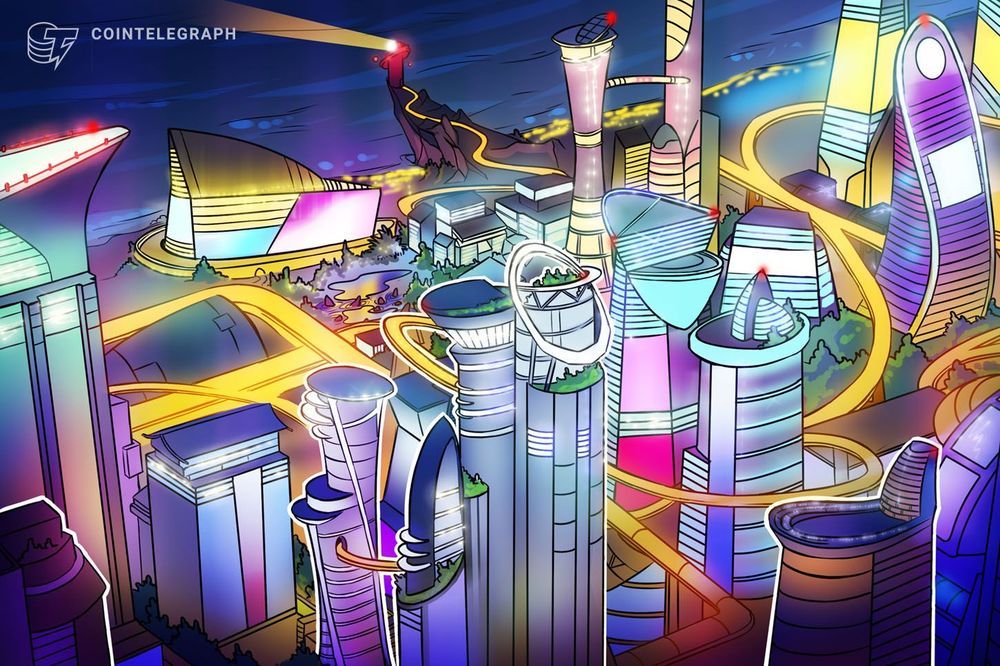Orbion is a four-year-old startup in Houghton, Michigan, that specializes in Hall-effect plasma thrusters for small satellites.
WASHINGTON — Small satellite manufacturer Blue Canyon Technologies announced Sept. 15 it selected Orbion Space Technology to supply the electric propulsion system for the U.S. military’s Blackjack constellation.
Blue Canyon is producing four satellites for the Defense Advanced Research Projects Agency’s Blackjack program. DARPA plans to launch as many as 20 small satellites to demonstrate that a mesh network in low Earth orbit can meet military requirements at lower cost and shorter design cycles than traditional Pentagon programs.
DARPA in October 2018 selected Colorado-based Blue Canyon as one of the satellite bus suppliers for Blackjack. The agency in June 2020 awarded the company a $14.1 million contract to manufacture four satellites, with options worth $99 million for up to 20 satellites.









